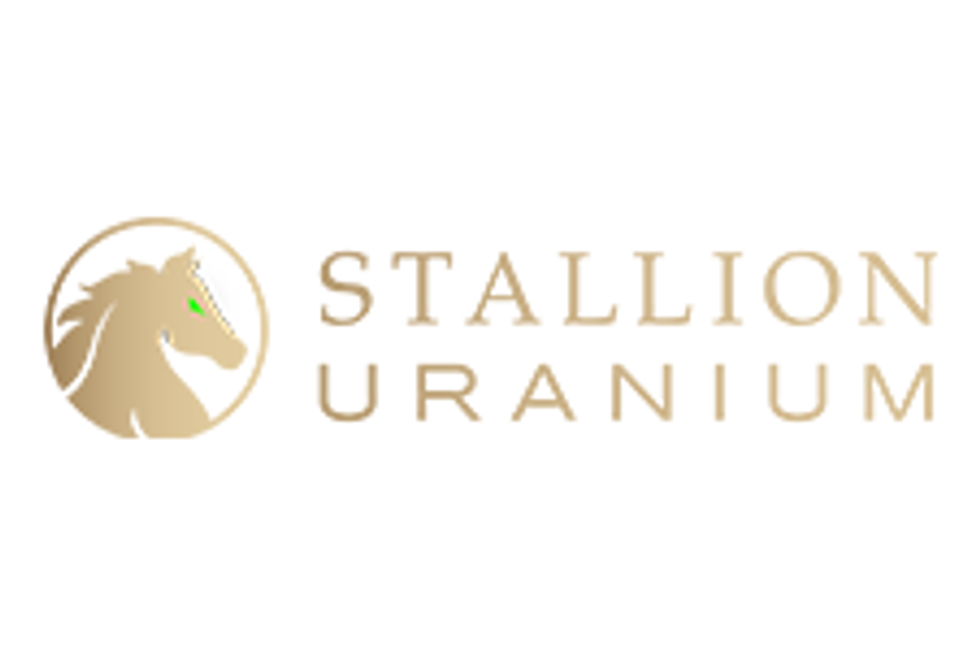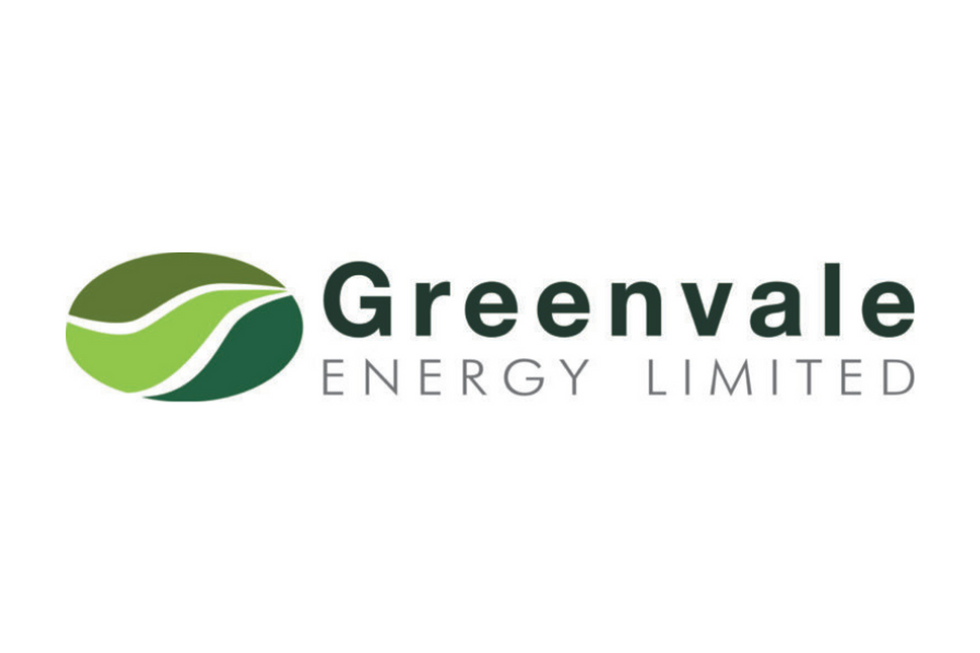Uranium Outlook 2020: Fundamentals Strong, Will Prices Catch Up?

2019 was an eventful year for uranium, but what’s the uranium outlook for 2020? Experts weigh in on supply cuts, rising demand and more.
Click here to read the latest uranium outlook.
The U3O8 spot price started the year just above US$29 per pound with the promise that it could move higher once a Section 232 decision was passed down.
However, US President Donald Trump’s lack of any actionable items in his ruling and a delay in utilities coming to the market drove prices lower over the 12 month period.
By the end of May, prices had sunk to a half-year low of US$23.67. In mid-July, bolstered by the release of the Trump administration’s Section 232 ruling, which established an exploratory committee to examine the domestic nuclear fuel cycle, prices were able to rally from the US$24 range to US$26.31.
But that price momentum was short-lived. When the deadline for the Nuclear Fuel Working Group’s (NFWG) report was extended in mid-October, prices sank to their lowest point for 2019 at US$23.51.
While the U3O8 spot price stagnated for much of 2019, analysts and sector participants remain certain that the energy fuel will make bold gains once prices start to move. Read on to learn what market watchers think will happen in 2020.
Uranium outlook 2020: Section 232 still looms large
“The most challenging aspect of 2019 has been the lack of price direction despite the positive market fundamentals,” said Daniel Major, CEO of GoviEx Uranium (TSXV:GXU,OTCQB:GVXXF), a uranium explorer focused on Africa.
“Despite declining inventories, shortening of uncovered contracts and a supply deficit, the uranium price showed no spark of interest for the majority of the year. However, things are starting to look up in Q4.”
The main catalyst for price growth will be reductions in production and inventory.
Earlier this year, Kazatomprom, Kazakhstan’s national uranium producer, reported a Q1 production decline, and Cameco (TSX:CCO,NYSE:CCJ), the largest uranium producer, has dramatically reduced its stockpiles following the temporary closure of its flagship mine, McArthur River, in Saskatchewan.
Major, like many in the sector, had hoped the uranium strength early in the year would carry through.
“We had been expecting uranium to get to at least US$30 by the end of 2019,” he said. “However, the impact of Section 232 and the follow-up NFWG had a wider impact on utility buying than we would have predicted. This issue was further highlighted as the price failed to respond to the very positive World Nuclear Association nuclear fuel report.”
For Energy Fuels (TSX:EFR,NYSEAMERICAN:UUUU), a US producer and one of the companies that helped get the Section 232 investigation into foreign uranium launched, the opaqueness the investigation has brought to the sector was something the company had not accounted for.
“The Section 232 and subsequent US NFWG created a ton of uncertainty in the uranium market,” said Curtis Moore, vice president of marketing and corporate development at the company.
The lack of clarity was further compounded in mid-November, when the Trump administration rescinded waivers allowing Iran to work with Russia to advance the former’s nuclear fuel sector. Moore pointed out that the decision, which went into effect on December 15, could impact the country’s ability to import much-needed uranium and nuclear fuel from Russia.
“It has been difficult for us and our shareholders, of course,” said Moore. “But it must be extremely challenging for nuclear utilities, which have multibillion dollar investments to fuel. It is becoming increasingly clear that US utilities have taken on too much geopolitical risk with their uranium and nuclear fuel supplies.”
While Moore is sympathetic to the needs of domestic utility companies, he did note that they need to be cognizant of the role they have played in adding risk to the cycle.
“So when suppliers from geopolitical foes like Russia, Kazakhstan, China and elsewhere approach US utilities with cheap, subsidized nuclear material, we can see why it is alluring to sign up,” he said. “They have largely themselves to blame for creating exposure to these risks by not supporting a healthy domestic nuclear fuel cycle.”
In mid-December, news spread that the NFWG had passed its non-public report on to the president and had recommended some form of domestic quota.
Uranium outlook 2020: More ways to access the market
While the industry spent the vast majority of 2019 in a state of limbo, there was growth in the uranium exchange-traded fund (ETF) sector.
In May, Canada’s first uranium ETF was launched by Horizons ETFs Management under the ticker symbol HURA. The ETF aims to capitalize on the growing need for clean, carbon-free energy.
While Mercenary Geologist Mickey Fulp doesn’t participate in the ETF space, he does appreciate the exposure the products offer to the uranium industry.
“I’d rather play specific equities instead of playing a basket that is dependent on a higher uranium price,” Fulp told the Investing News Network (INN) in a late November interview.
ETFs may not be Fulp’s cup of tea, but he did note that royalty companies may be a good investment in the future. “There is Uranium Royalty; it’s going to go public at some point,” he said.
Fulp was correct, and the royalty company launched on the TSX Venture Exchange on December 12 under the ticker URC.
Additionally, the North Shore Global Uranium Mining ETF (ARCA:URNM) hit the market in early December.
Uranium outlook 2020: SMRs lighting the future
Along with growth in investment options, the uranium market itself is expected to expand as small modular reactors (SMRs) become less of a concept and more of a tangible, deployable product.
SMRs are designed to be compact and efficient, producing enough energy to power a small town or a mining operation. They can also be scaled up to meet demand and produce no carbon emissions.
In the opinion of Fission Uranium’s (TSX:FCU,OTCQX:FCUUF) Jeffrey Mushaluk, SMRs could help change the narrative around nuclear energy, which is often fraught with fear and tension.
“The nuclear power industry does a terrible job marketing itself and has such a bad stigma, and part of that is deserved from the reactor buildouts that happened before and came in way over budget, and took too much time,” Mushaluk said at the New Orleans Investment Conference in November.
“What government is going to want to commit that type of capital right now for something like that, that could have political pushback? So we really welcome new technologies like SMRs to come in and it could change the entire industry,” he explained.
In early December, premiers from Ontario, New Brunswick and Saskatchewan met to discuss the integration of SMR technology into their respective provincial power grids.
“Ontario, Saskatchewan and New Brunswick agreed today to work together to explore new, cutting-edge technology in nuclear power generation to provide carbon-free, affordable, reliable, and safe energy, while helping us unlock economic potential across Canada, including rural and remote regions,” reads a statement about the meeting.
The three leaders signed a memorandum of understanding pledging to work jointly on the innovation, development and deployment of SMRs in their provinces.
The decision for Ontario, Canada’s most populous province, and two other major economic hubs to commit to advancing the SMR agenda is the first of its kind in the world and could be a potential catalyst for other countries.
“I would hope that Canada would take the lead on this; they certainly have based on what they have done over the last 10 years. They have a leg up on SMRs compared to most other entities,” said Fulp.
Still, Fulp remains on the fence about how quickly any deployment will occur in the Great White North. “I’m always skeptical about these sorts of things in Canada because of what I see happening with mining projects, and with pipelines,” he commented.
Regardless, the discussion itself has helped to raise the profile of SMRs and nuclear energy as a whole.
Uranium outlook 2020: The year ahead
Although 2019 was not fruitful in terms of price growth, many of the analysts and companies INN spoke to over the year remain confident the uranium market will make gains in 2020 and beyond.
“We understand that the major producers have been running inventories to very low levels, which has kept a lid on prices. With this selling now largely out of the way the market is in serious undersupply,” said Craig Parry, CEO, president and director of IsoEnergy (TSXV:ISO,OTCQX:ISENF), a junior focused on advancing its Athabasca Basin project.
“Prices have started to rise once again in the later months of 2019 and are well set for a serious rally during 2020. 2020 could be the year for uranium,” noted Parry, who also highlighted that a return of investor interest is helping to bolster the market.
US-based producer Energy Fuels is also optimistic about the year ahead and an anticipated final decision around Section 232.
“We think there will be increased market activity as utilities try to mitigate their exposure to the Iran sanctions,” said Moore.
He noted there are already some indicators pointing to a stronger market in the months ahead.
“We’ve also seen conversion and enrichment prices rise, which could be leading indicators signaling higher U3O8 prices. And of course, the underlying market fundamentals appear to be strong.”
According to Western Uranium & Vanadium (CSE:WUC,OTCQX:WSTRF), a near-term producer developing projects in Colorado and Utah, the market will move regardless of a decision.
“Absent an industry positive trade outcome, we still expect a strong 2020 owing to cumulative producer supply cuts, increasing global demand, recognition of the future supply gap and the increased contracting needed to fulfill record levels of uncontracted nuclear fuel requirements,” CFO Robert Klein told INN via email.
“The bottom line is that the era of uranium sale prices being set by price-insensitive state-owned enterprises will likely come to an end in 2020; higher prices are required to re-initiate long-term contracting that incentivizes the new production needed to meet future nuclear reactor requirements.”
In July, at the Sprott Natural Resource Symposium, Rick Rule of Sprott (TSX:SII,OTC Pink:SPOXF) told INN that he foresees 2020 being a positive year for the energy fuel.
“But the truth is that when uranium markets move, the impacts on uranium stocks are more dramatic than any other stocks in the resource sector … When the uranium price does move, the anticipation that you’ll see from investors crowding into the few remaining uranium stocks on the planet, I think, will be very dramatic,” said Rule.
His sentiment was echoed in November by Lobo Tiggre, CEO of Louis James LLC, at the New Orleans Investment Conference.
“The price of uranium could literally double at that time (of contract signing) because the incentive price that you and I talked about is more than twice and sometimes three times the current spot price,” he said. “I can’t say when, but when it does happen we are going to see a very sudden and dramatic rise in uranium prices, and that is going to be extremely bullish for the uranium companies.”
Don’t forget to follow us @INN_Resource for real-time updates!
Securities Disclosure: I, Georgia Williams, hold no direct investment interest in any company mentioned in this article.
Editorial Disclosure: Energy Fuels, IsoEnergy and Western Uranium & Vanadium are clients of the Investing News Network. This article is not paid-for content.
The Investing News Network does not guarantee the accuracy or thoroughness of the information reported in the interviews it conducts. The opinions expressed in these interviews do not reflect the opinions of the Investing News Network and do not constitute investment advice. All readers are encouraged to perform their own due diligence.





